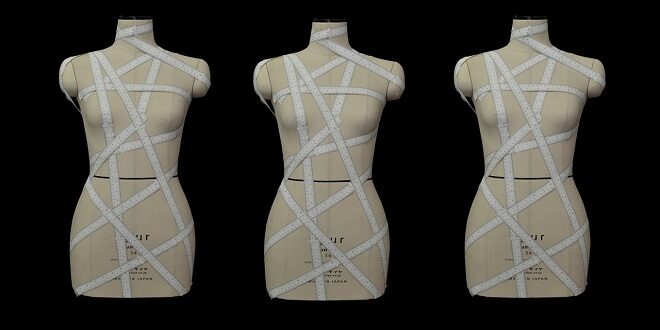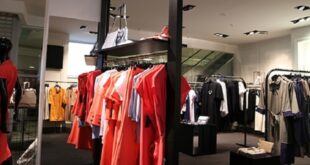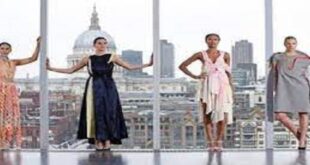Who is the standard ideal figure?
She is a composite figure whose measurement standards are based on listening to whom. She evolved from consumer feedback to buyer, buyer to the manufacturer, and manufacturer to model Form Company. Her standards are whatever successful manufacturers, commercial pattern companies, chain, and department stores, and industrial form companies say they are. She is a form; she is a figure; she is a set of measurements. And her silhouette changes at the slightest whim of fashion. She is considered “ideal” only when her measures satisfy most consumers.
Who Needs Her?
Technicians need her dimensions for patternmaking and fittings; designers need her silhouette for creating new designs; manufacturers need her for showings; models need to have her dimensions to be hired, and consumers need her for their representation.
Does This Elusive Figure Have Standards?
Even though her dimensions vary, she does have standards. She is symmetrical, with an upright stance and aesthetically pleasing body proportions, with a ratio of 10- to 12 1/2-inch differences among bust, waist, and hips. These standards are based strictly on Western concepts of what is ideal. There will never be a universally acceptable standard because of the variety of anatomical figure types. Other countries set their standards based on their regional concept of the ideal figure. Some manufacturers prefer not to use standardized measurements. They want the flexibility to change sizes quickly to suit customer needs. Increasing world trade has created a need for a central database that contains regional measures for non-Western trading partners. Computer technology may ultimately provide ready access to such information.
Do Perfect Ratio Measurements Mean Perfect Proportions?
Not necessarily so. Bulk (flesh) distribution around the skeletal frame must be considered—for example, large back and small bust; large bust and small back; wide, flat front waist; and rounded, protruding back waist; significant hip and flat stomach; protruding stomach and flat buttocks.
Forms: Willow-Caned to Humanlike
For the past 140 years, forms have adapted to the whims of fashion by constantly being modified in shape and measurements to satisfy the needs of changing silhouettes. Original forms were shapeless, willow-caned models with woven mounds padded to individual specifications. Today’s forms are partially made by hand. They are framed in metal, molded with paper-mâché, laid over with canvas, and covered in a princess garment of linen. The seam lines and princess-style lines of the cover garment set the boundaries between the front and back bodice. The waistline seam defines the upper and lower torso. In the manufacturing process, human errors can and do occur. Before measuring, ex[1]amine the form for possible mistakes. In response to national standards and consumers’ needs, the pattern industry established the Measurement Standard Committee, which devised its own standard set of figure types and sizes. The examples below are composites of the pattern industry designated figure types by age and height categories. The measurements are listed on the pattern envelope.
Department store standards
Department stores and catalog merchants such as Sears, Montgomery Ward, and Spiegel have developed their strict specifications to satisfy the needs of their customers. Some use or have used National Bureau of Standards measurements. Others conduct surveys and samplings of the population by sending survey forms to their consumers, requesting their measures. This information is compiled, and specification sheets are given to the manufacturer to develop patterns for their consumers. For example, JCPenney, Victoria’s Secret, and Jockey now use ASTM [TC] 2 USA National Size Survey for their measurements.
Summary
Measurements can be taken across the model from one landmark to the other, then divided in half and recorded. If the center lines of the front and back are centered, measure from the centerline to the side seams of the front and back bodice.
 Thefashion2day Popular Fashion News Website
Thefashion2day Popular Fashion News Website




